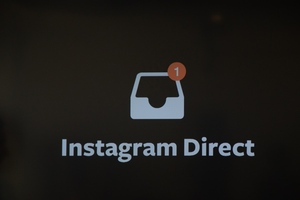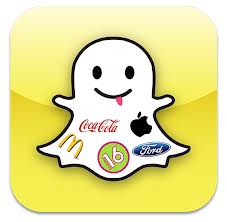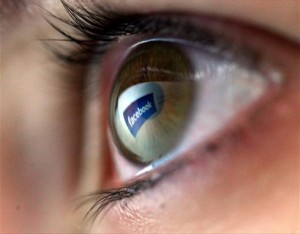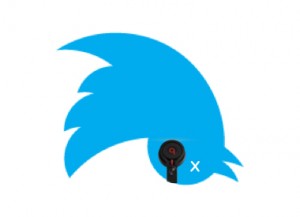Inventor of Twitter Launches Jelly, a Q&A Social Media App
In Social Bookmarking, Social Media, Social Media News Brief, Social Networking, Web 2.0 | No comment
Jelly was launched for iOS and Android on Tuesday and aims to compete with existing Q&A services such as ChaCha and Quora. There are a few features that separate Jelly from these other question and answer services. For one, users are able to post images alongside their questions (“What is this?” is frequently mentioned as a way images and questions can be used together). The social media app will allow friends on existing social networks — as well as friends of friends — to help answer questions that are posed on the Jelly platform.
Some people are very excited about the potential of Jelly. One blogger referred to the types of questions one would pose for Google compared to the questions that were meant for Jelly — “How much is this new video game?” versus “Is this game appropriate for my ten year old?” The ability to gain this sort of knowledge from someone a Jelly user knows directly or indirectly is exactly the appeal of the social media app.
However, while some have embraced Jelly since its recent launch, others are a bit more skeptical. One journalist mentioned a number of problems that Jelly users may run into. He described that many questions posed on Jelly are snarky or obviously ridiculous or pointless (“Should I drink coffee or tea?”) whereas others are clearly stealth marketing questions that may irk new users of the app. Even when genuinely interesting questions are posed, the answers are usually immediately available via existing search engines. Considering the application is merely days old, there is still a lot of room for growth, but the direction that growth ends up taking remains to be seen.










